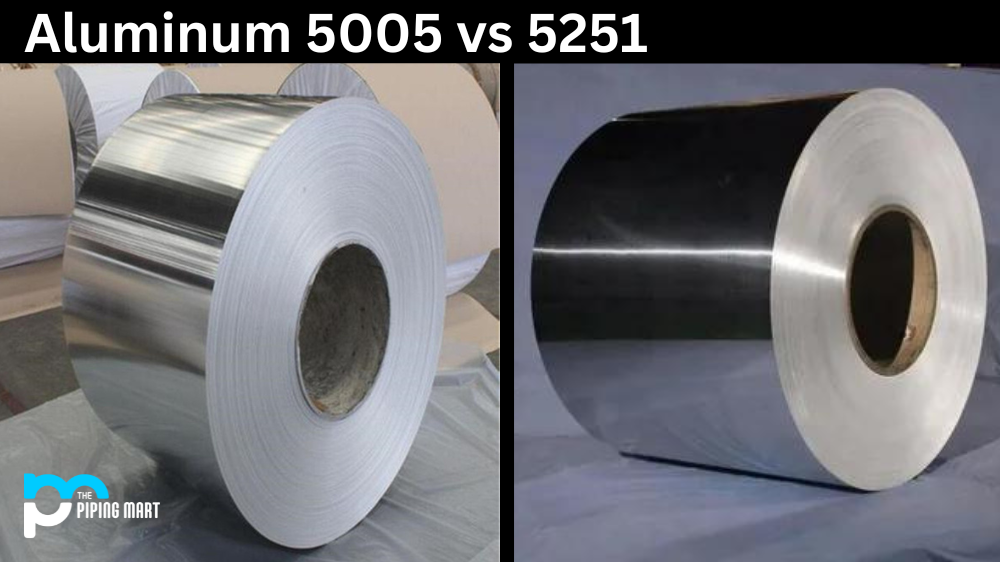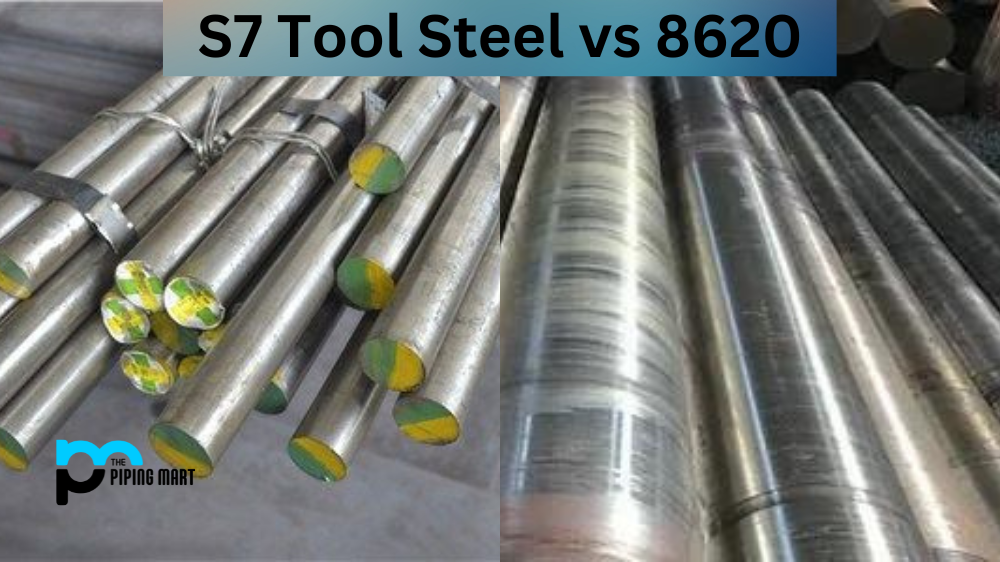If you are a chemistry student, you have probably heard about the heat of displacement of copper by zinc. This is an important concept in chemical thermodynamics and can be used to calculate the energy released when two metals interact with each other. In this blog post, we will be looking at the concept of the heat of displacement of copper by zinc and how it can be used in experiments.
The heat of displacement of copper by zinc is -210 kJ mol-1 and is indicative of the endothermic nature of the process. The formation of zinc from its ions produces energy, while the oxidation and reduction between zinc and copper remain balanced. The negatively charged ions, mainly zinconate oriented towards the oxidized copper atoms, also leads to a partial filling which leads to a decrease in entropy as well. The result is that the increased enthalpy due to the dissociation, partial filling, and complexation all add up to making a negative heat of displacement result. The endothermic reaction shows that more energy input into it can make it occur more readily.
What is the Heat of Displacement?
The heat of displacement is a measure of the amount of energy released when one metal displaces another from its compound or solution. It can be calculated by measuring the change in temperature when two different metals are exposed to each other. In essence, it measures the amount of energy released during a reaction between two metals.
When it comes to copper and zinc, there is an exothermic reaction that occurs when they come into contact with one another. This means that energy is released as heat as part of this process. The magnitude of this heat release can be measured using calorimetry and then used to calculate the heat capacity and enthalpy change associated with this reaction.
Why Is It Important?
The heat of displacement between copper and zinc has many practical applications in science, engineering, and industry. For example, it can be used to predict how much energy will be released if two different metals are combined in a certain environment or process. This can help engineers design processes that are more efficient and safer for workers, as well as reduce waste from manufacturing processes. Additionally, it can also help chemists better understand how different elements interact with one another on a molecular level.
Conclusion
In conclusion, understanding the concepts behind heat displacement is essential for any chemist who wants to get a deeper understanding of how different elements interact with one another on a molecular level. By calculating the amount of energy released during reactions between copper and zinc, engineers can design more efficient processes while chemists gain insights into their behavior on an atomic scale. With further research and experimentation, scientists may even find new ways to use this knowledge to create even more efficient manufacturing processes or develop new materials with unique properties!
Sakshee is a talented blogger, with a particular focus on the Business and Metal Industry. She is passionate about sharing her insights on various metal products and helping professionals to make a better decisions.




